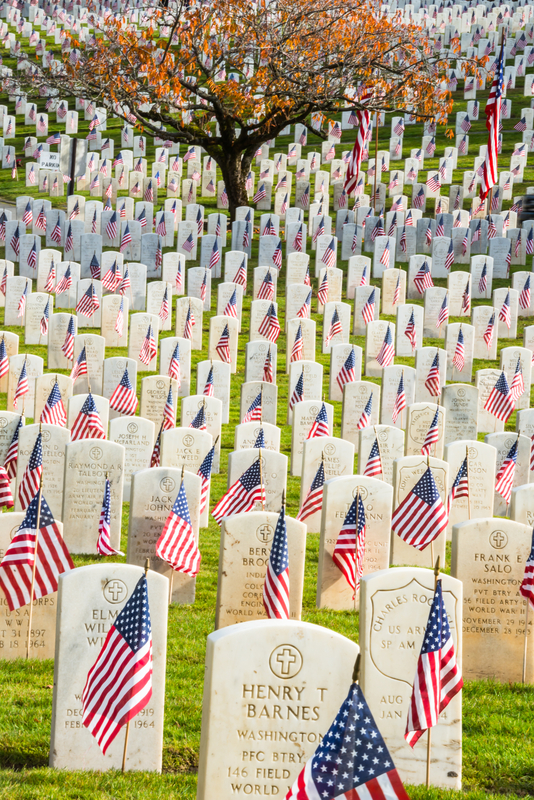Memorial Day honors those who have died in the nation’s wars. It originated during the American Civil War when citizens placed flowers on the graves of those who had been killed in battle. In October 1864 three women from Pennsylvania decorated the graves of loved ones who died during the Civil War; they then returned in July 1865 accompanied by many of their fellow citizens for a more general commemoration. A large observance, primarily involving African Americans, took place in May 1865 in Charleston, South Carolina. Columbus, Mississippi, held a formal observance for both Union and Confederate dead in 1866.
By congressional proclamation in 1966, Waterloo, New York, was cited as the birthplace, also in 1866, of the observance. In 1868 John A. Logan, the commander in chief of the Grand Army of the Republic, an organization of Union veterans, promoted a national holiday on May 30 “for the purpose of strewing with flowers or otherwise decorating the graves of comrades who died in defense of their country during the late rebellion.”
After the first World War the day was officially observed to honor those who had died in all U.S. wars and its name was changed from Decoration Day to Memorial Day. Since 1971 Memorial Day has been observed on the last Monday in May. Memorial Day is observed with the laying of a wreath at the Tomb of the Unknowns in Arlington National Cemetery in Arlington, Virginia, and by religious services, parades, and speeches nationwide. Flags, insignia, and flowers are placed on the graves of veterans in local cemeteries. The day has also come to signal the beginning of summer in the United States.


